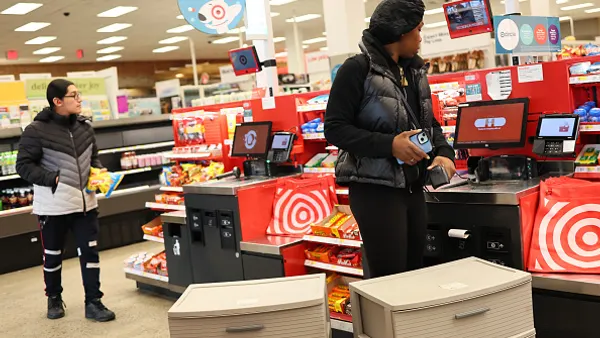Dive Brief:
- Quartz analysis found that more full-time workers work from home than cycle or walk to the office. Telecommuting has increased 159% since 2000, with a record 2.6% of U.S. employees now getting to their jobs by staying home — more than walking and biking combined.
- According to the American Community Survey and the U.S. census, the full-time employees who cycle to work grew by 88%, while those who carpool grew by just 12%, Quartz reports.
- U.S. Census figures show that telecommuters are the highest wage earners, with an average income of $80,000 a year, notes Quartz. Telecommuters are largely managers, numbering around 550,000. About 8% of programmers, another highly paid group, also work from home.
Dive Insight:
Telecommuting, once hailed as a critical part of boosting employee engagement, has become a slightly more divisive strategy. Despite studies touting the pros of telecommuting that show improved worker happiness levels, some high profile companies have called telecommuters back into the office. IBM decided earlier this year it wanted its marketing staff back under one roof to build more collaborative marketing teams, perhaps out of worry that innovation was stifled by employees not being in the same office. And Yahoo famously put an end to telecommuting a few years ago.
Challenges cited with telecommuting policies generally focus on barriers to collaborative work and efficiency. While videoconferencing technology has improved, it certainly doesn't fully replace the more natural conversation that occurs while in the office, talking face-to-face.
However, the flexibility telecommuting provides allows companies to better offer a sense of work-life balance to workers. Retention tends to improve when employers offer working from home as a day-to-day option, especially for caretakers who are often forced to drop out of the workforce altogether due to competing home and work demands.
Telecommuting also is partly responsible for the boom in freelance and contract hiring, which allows employers to scale up or down their staffing when needed — providing flexibility for both freelancer and employer.












